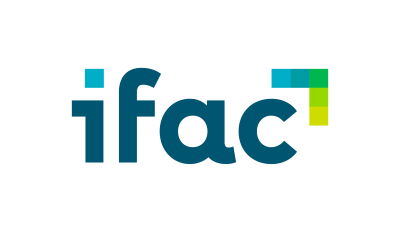Throughout 2021 and 2022 to date, there has been an increased interest in solar and wind farm companies looking to enter into option agreements to acquire land to potentially erect solar panels or wind turbines.
Whilst wonderful in theory and potentially game-changing for the agri sector, allowing farmers to put land to alternative use, helpful to the environment and carbon emissions, ambiguity exists concerning the tax treatment of renewables.
Declan McEvoy, head of tax with Ifac, has broken down the sections in a typical contract with a solar/wind farm company in Ifac’s latest Irish Farm Report.
1. Option agreement
The first part is the option agreement to lease the land, whereby the company will look to enter into a binding option agreement with the landowner.
The taxing of an option is treated as a disposal for Capital Gains Tax, and the ultimate treatment depends on whether the option is exercised or not.
Uncertainty on the final tax position can be problematic and is the first point of certainty required.

2. Lease agreement
Once the option is exercised and the annual income stream starts to flow, the income one receives is liable to Income Tax.
Examine your personal situation and look at the options available to minimize the Income Tax.
Why not limit the maximum tax payable, including Pay Related Social Insurance (PRSI) and Universal Social Charge (USC), to say 35% of the income for the first five to seven years to incentive the farmer to enter the agreement?

3. CGT/CAT-
Notwithstanding that, tax laws were changed to encourage solar; no such law change applied to wind farms.
Two reliefs are affected:
- CGT- retirement relief;
- Cat – agricultural relief.
The Finance Act 2017 extended the definition of reliefs to include “lands used for solar where not more than half the land is concerned.”
Why limit it to half the land?
- Most solar companies are looking for more than half of the land;
- Land used for wind turbines do not have a tax break;
- The portion under renewables could lead to reliefs being unavailable on the other land.
Why not open up agricultural relief to the land under solar and wind to incentivise the farmer?
Renewables are an excellent source of funds for your farm, and even with tax issues, may still be the best alternative. With that said, getting more significant incentives would open up opportunities for farmers, believes McEvoy.
To see the Irish Farm Report 2022, click here.

